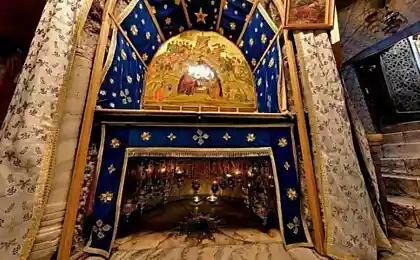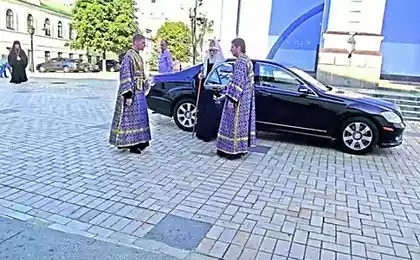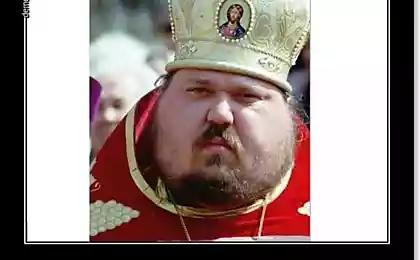1124
Kutna Hora and the Church on the bones (11 photos)
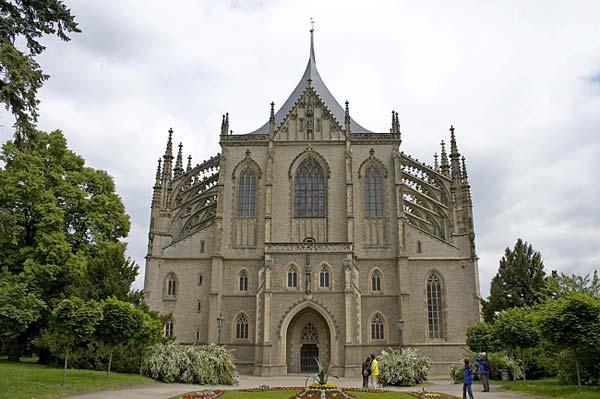
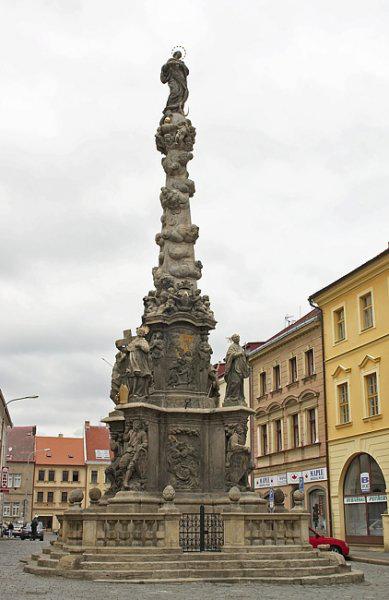

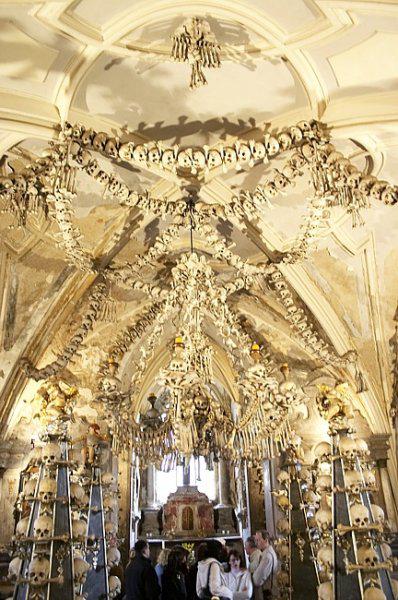

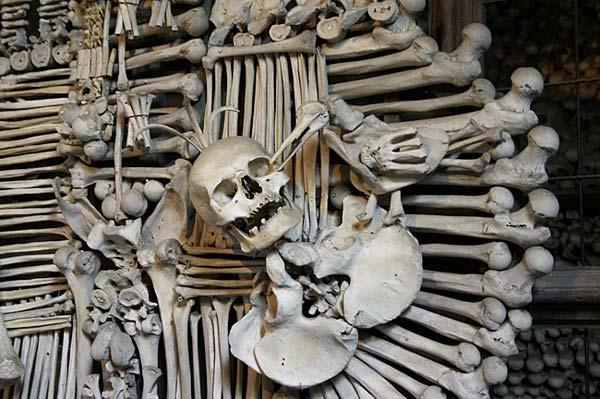
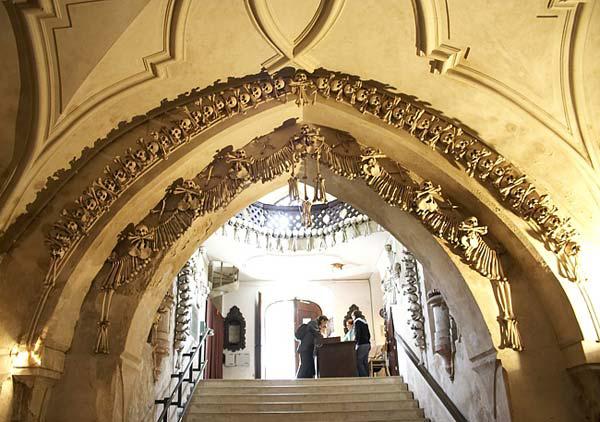
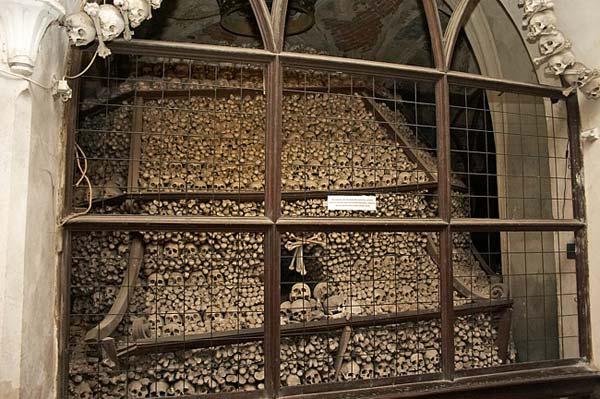
Now it is a small town, and once, thanks to rich deposits of silver, it is actually the second capital of the Czech Republic and the main financial center of the country. However, the eclipse or at least catch up with Prague, Kutna Hora was not meant to - blame became religious wars and plague, and later the depleted reserves of silver. We went there just for one object - a church on the bones. The correct name or address, we did not know, and knew only that there is a chandelier made of human bones. And of course skip this kreatif we could not, for his sake even had to sacrifice a dip in the beer bath.

Arriving in the city center and park, we went to the terrace is strongly reminiscent of the Charles Bridge to the Cathedral, is strongly reminiscent of St. Vitus Cathedral in Prague, believing that this is what we need, but it turned out that it is the cathedral of St. Barbara, the patron saint of miners, and no bone in him. Judging by advertisements with pictures and a description of the input, to make it absolutely nothing, especially for the money. The Cathedral and the views from the terrace with its views is actually quite decent, but the photos I have almost no because fotike in the batteries run down. Near the cathedral turned tourist information center, in which the girls, why do not understand my English, or Russian and tried to talk to me in Czech or German. I have thought that we would have to work around all that is more or less similar to the church and by the look said the chandelier, but fortunately saw a postcard with her image, and still able to explain the poor girl, we specifically needed. It turned out that we are interested in the church called Ossuary (the Czech Kostnice), it is not in the city center and on the outskirts, and go on foot about three kilometers.
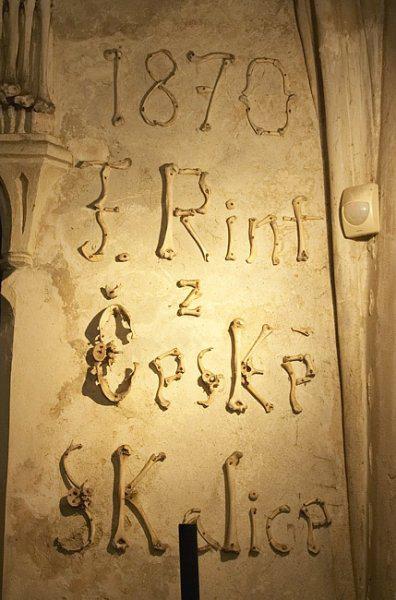
Before visiting the Ossuary, we walked around the city center trying to find where the snack knee, spent about 40 minutes but did not find. Normal restaurants in the city of course, but they do not respect the taste of Russian tourists and the knee is not served, but maybe we were just unlucky ... In the center of many charming old streets. On the walls of houses have seen a pair of paintings executed in a strange technique - something an average between painting and engraving. Nothing like I have not seen anywhere else, take a picture of the above reason, it was not possible.
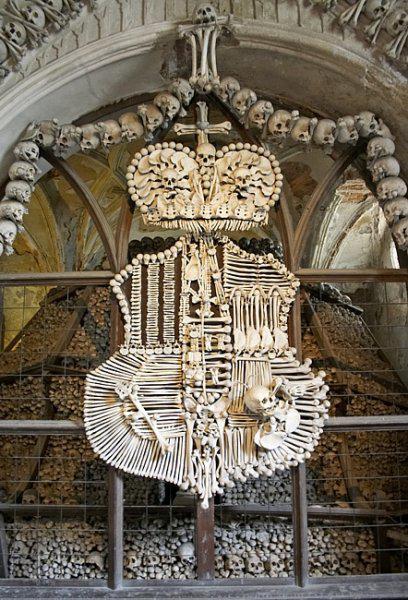
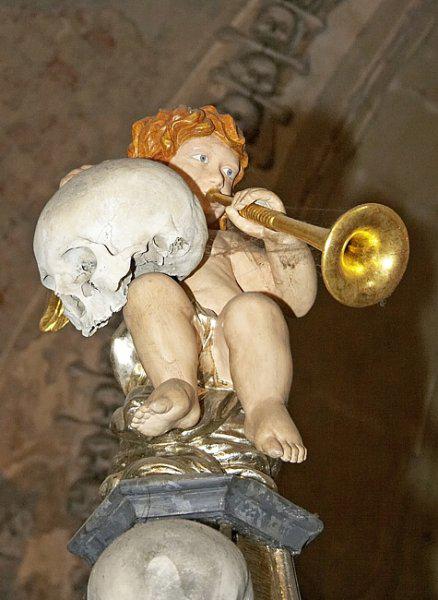
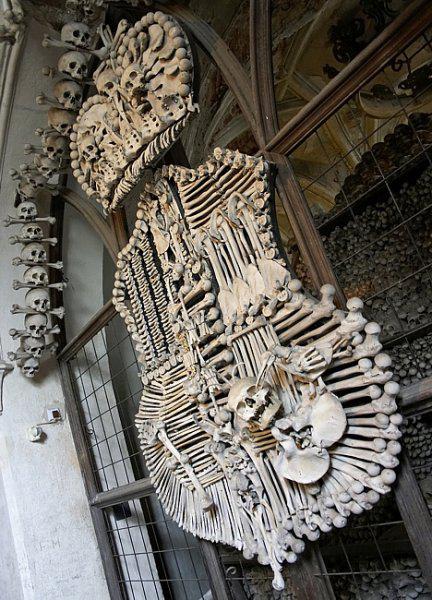
In 1784, by order of the emperor, the monastery was closed and its property and land bought Schwarzenberg. The new owners did not like the layout and piles of bones, and they asked Frantisek Rinta, masters of woodcarving, stir something gothic. Rint using bleach cleaned bones from the remains of the flesh, and did, as seen in the photographs, namely - the logo emblem of the customer, the chandelier, which used all available human bones, Darnitsa (next to the altar, unfortunately, not one of them approach and normally does not take a picture), huge pots of bones, and of all sorts of fine jewelry. On the wall to the right of the entrance author autographed, of course also from human bones. In this work he went on different data remains from 40,000 to 50,000.
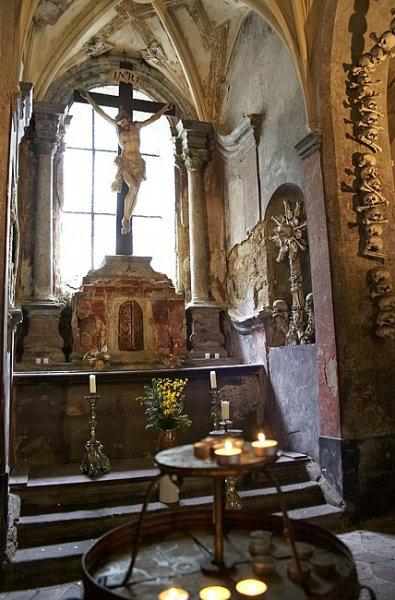
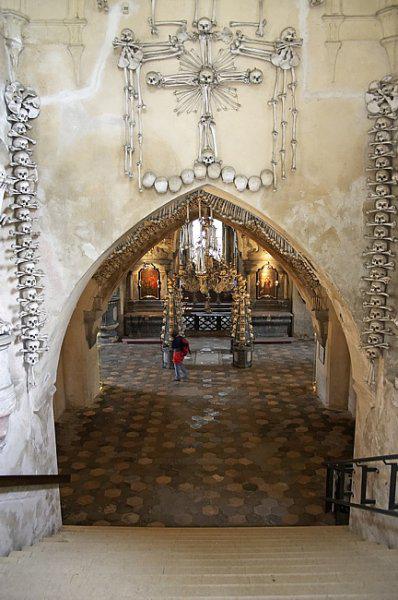
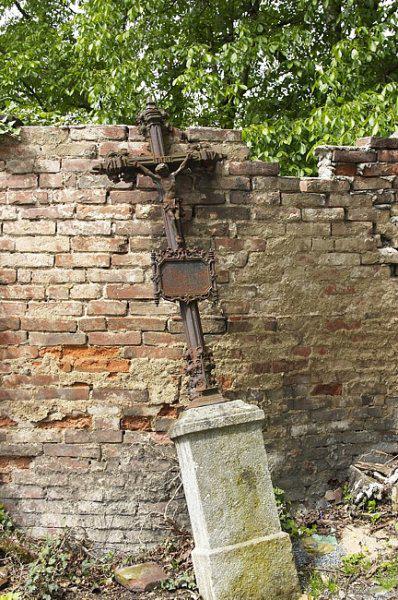
A source















